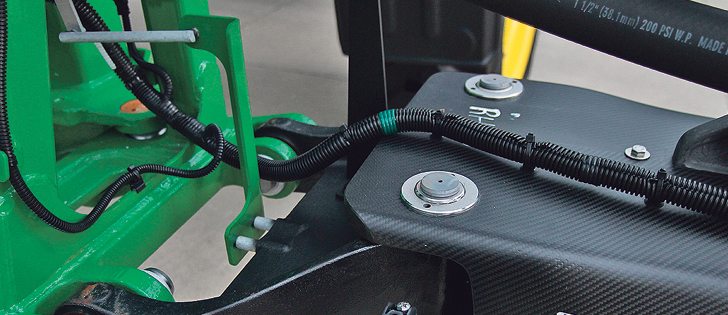Traditionally, priming the boom means spraying from the tank for a while until you’re sure the whole boom contains mixed product. That priming liquid goes on the ground.
In a conventional system, product enters the boom in the middle section and is pushed out to each wing’s ends. When the boom is cleaned out, all that liquid has to be pumped out through the nozzles, dropped or recovered in a tender.
The online site www.sprayers101.com, run by Jason Deveau of the Ontario Ministry of Agriculture and Saskatoon’s Tom Wolf, has taken a hard look at a better option, recirculating booms.
Read Also

Crop quality looks good this year across Prairies
Crop quality looks real good this year, with the exception of durum.
Wolf says there is often waste at the beginning of a spray operation and the end, and it’s difficult to apply those two wasted volumes onto the field effectively at the time.
“Cleaning between products is essential, especially if you’re spraying canola immediately after applying Group 2. The Group 2 chemicals are very hard on canola, so a thorough cleaning is a must. Some operators say they spend a half-hour or more cleaning after Group 2. Custom operators serving small fields might do as many as eight clean outs per day. That’s four hours, but there’s not much choice.”
In recirculating booms, product is returned to the spray tank when not being applied. Priming too pushes the product back into tank rather than onto the ground, with no hidden pockets of water or chemical at boom ends and the like.
Not all systems are easily adapted to have clean water pushed through for cleaning. To address this issue, manufacturers developed the air purge cleaning system, intended to hasten the cleanout and reduce product contamination.
While some custom operators say they depend totally on their air cleanout system, Wolf says there may be minor amounts of liquid remaining in hard-to-reach areas inside the boom. There can also be a thin film of product inside the pipe. He recommends a final rinse with water.
















